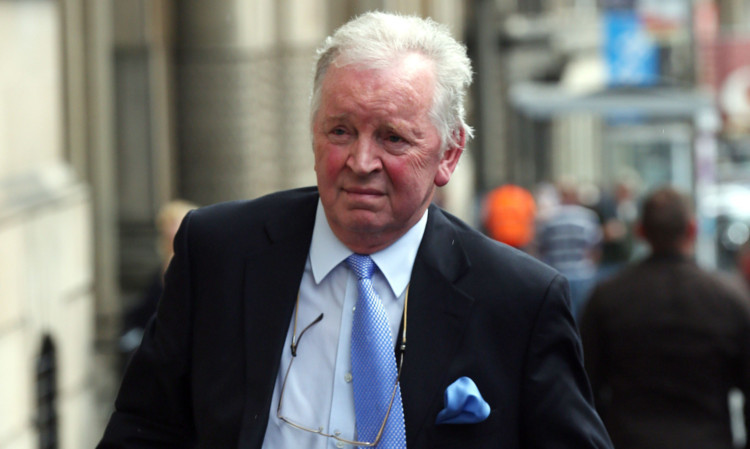
Thousands of abuse charges dropped.
Scotland’s war on wife beaters has been branded a flop after it was revealed nearly one in five charges is dropped by the Crown.
The revelation comes as shamed ex-MSP Bill Walker was jailed for a year after being found guilty on all 24 charges he faced.
But the sentence which works out at less than two weeks per conviction has been blasted by critics who want to see bigger sentences for wife beaters.
A Sunday Post probe has uncovered figures that show the Crown Office is dropping thousands of domestic abuse charges almost 13 every day.
Police are obliged to investigate all allegations of domestic abuse. Suspects who are arrested and charged are reported to procurators fiscal who decide whether to pursue their case in court.
But our shock findings show nearly 20% of domestic abuse charges are dropped by the Crown, marked “no action”.
Those binned cases include charges of attempted murder, rape and sexual assault.
Worryingly, the rate of “no action” is double that of all other charges.
Last night, campaigners slammed the findings. Lily Greenan, of Scottish Women’s Aid, said: “These figures are surprising given the efforts made by police.
“There are always going to be cases dropped but one in five seems too high.
“It concerns me and suggests that while there is a robust police response, the courts do not have the same intentions.”
But a senior police source suggested the court failings were down to police passing on cases that had little chance of court success.
Our source said: “You’d be amazed the pressure on officers to pass domestic abuse cases on to the Crown.
“For generations domestic abuse was swept under the carpet and that was wrong.
“But now it’s moved from one extreme to another.
“There are cases being submitted to the Crown Office that should never see the light of day in court because there is not a shred of evidence.
“The drive to tackle domestic abuse could be seen as a flop.”
According to our investigation 27,101 charges regarding domestic abuse were passed to the Crown for prosecution in 2012/13. But out of that total 4,717 were marked “no action” and dropped. A further 299 cases were binned before court and marked “no decision” up from just 58 the year before.
The Crown did not supply information as to what the outcome was of the 20,000 cases that ended up in court.
Scottish Conservative justice spokeswoman Margaret Mitchell said: “Clearly there is a problem here, and the Crown needs to analyse whether or not the cases it is processing are able to stand up in court and common sense is applied.”
In December we revealed how the cases of 12,000 suspected criminals were dropped in 2011/12 because of insufficient evidence.
Our probe also discovered cases marked “no action” by the Crown had remained steady at 10% for the previous four years.
Stephen McGowan, Deputy Director of Serious Casework for the Crown Office and Procurator Fiscal Service said: “The statistics demonstrate that the vast majority of cases involving an element of domestic abuse are being robustly prosecuted.
“Our prosecutors take domestic abuse extremely seriously.
“We have a presumption in favour of prosecution where there is sufficient evidence and it is in the public interest. However, it has to be made clear prosecuting domestic abuse cases can be challenging in relation to sufficiency of evidence, since offences usually occur in private where there may be few if any witnesses, and victims are often vulnerable and can be reluctant to co-operate with the prosecution.
“In the majority of cases where we have taken no action, it is because there has been insufficient admissible evidence in law to raise criminal proceedings.”

Enjoy the convenience of having The Sunday Post delivered as a digital ePaper straight to your smartphone, tablet or computer.
Subscribe for only £5.49 a month and enjoy all the benefits of the printed paper as a digital replica.
Subscribe